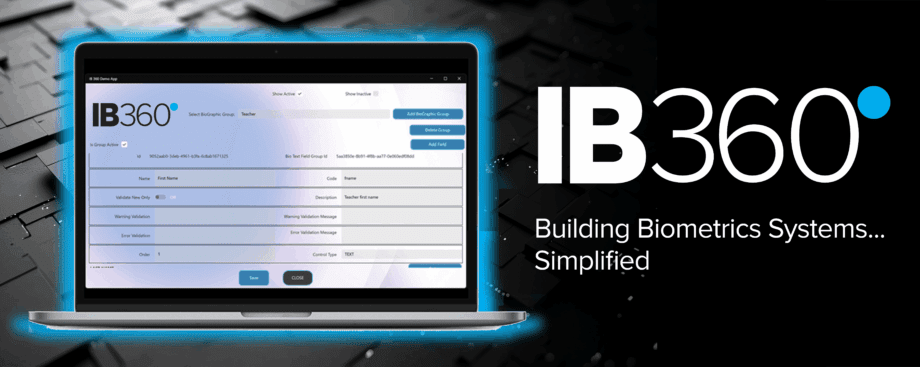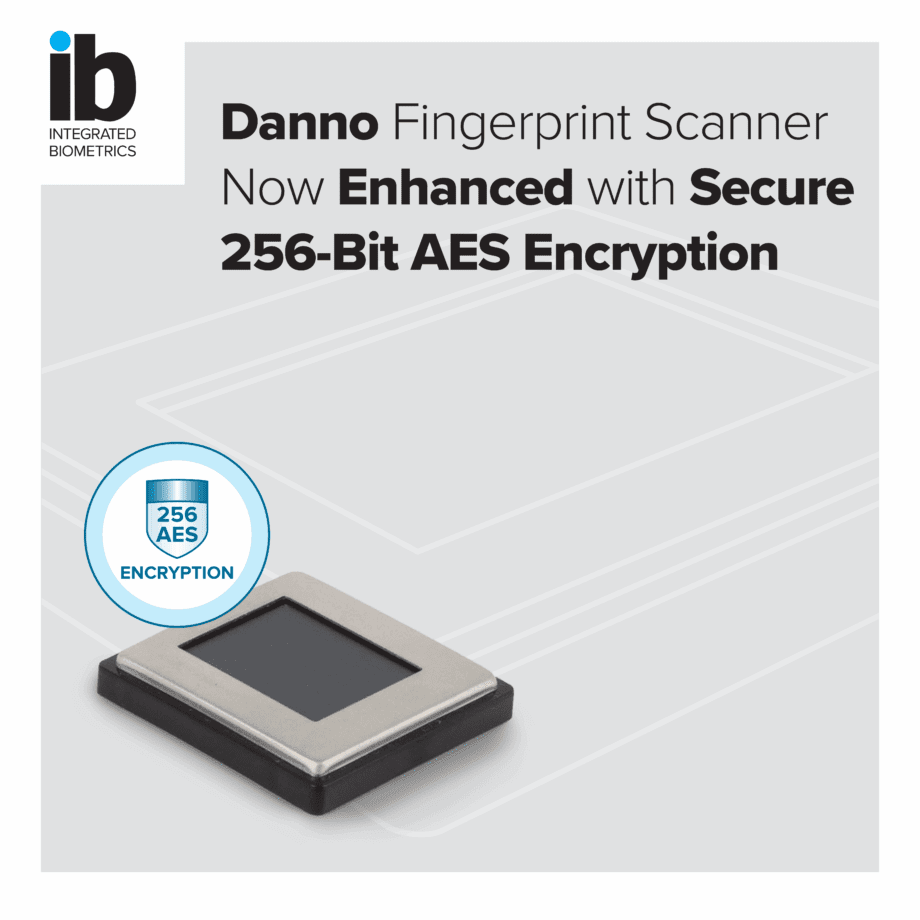Aiming to reduce fears and “allow us to be practical and realistic,” a recent CDC Update on how the virus spreads stated that touching a surface or object is “not thought to be the main ways the virus spreads.”
This statement returns to the surface a controversy around fingerprint biometrics. Traditional fingerprint biometrics has been the target in the biometrics industry, and while some of what is being said is realistic, some is more opportunistic. While skeptics might say, “A fingerprint biometrics company defending fingerprint scanners? That’s a no-brainer,” there’s a greater reality that everyone in our industry needs to understand. With more than 15 years in this approach to security, we certainly have a vested interest in defending it, but we also believe it is critical to prevent misinformation from doing more harm than good.
We are all navigating to adapt to what will be a very changed world. And while it is natural and prudent to be wary and to take precautions, things can be pushed too far. The present trend to warn against traditional fingerprint biometrics is one example, which risks setting a dangerous precedent. There is a real threat of undermining meticulously planned and time-tested systems for protecting our most important asset—our identities.
For decades, fingerprints have been the gold-standard identity solution for law enforcement and military, expanding through the years to homeland security, national identity, election validation, social services, and industries like banking and healthcare. Traditional fingerprint sensors have enabled fast, easy enrollment and identity verification in many environments, simplifying border crossing, improving access to food and healthcare, preventing bank fraud, ensuring voter rights, and more.
The Need for Sanitizing
While the importance of keeping our hands clean has become more prominent with COVID-19, enough has been said about cleaning and sanitizing in recent weeks that we won’t revisit the topic here. However, Dawid Jacobs, an Identity Management Professional, recently penned a cogent, well-thought-out article on the risks and importance of fingerprint recognition sensors and their safety compared to everyday, commonly-used surfaces. As we work to protect our health and the health of our citizens, proper cleaning is imperative for ALL surfaces we come in contact with, as well as those surfaces that help protect our identity. Long before COVID-19 emerged, sanitizing was a priority in our industry.
Where Biometrics is Today…and Where It’s Going
Would it be ideal to have a completely touchless system for reliably doing the same thing traditional fingerprint sensors do? Of course. That goes for nearly anything we are required to touch in public. Companies all over the world, including Integrated Biometrics, are working on that and other ways to make identity management easier, cheaper, faster, and even more reliable.
But here is today’s reality. If you do not have to touch a fingerprint scanner, will you be safeguarded from infection? No. Even if you wave your hand over a scanner at the border or at the airport, you will still hold the escalator handrail, stop at a vending machine, get into a cab, or push a grocery cart. Eliminating traditional fingerprint sensors is not going to solve the problem of infection transmission.
What about today’s touchless biometrics options? While adequate for certain limited applications, they raise concerns. Contactless sensors have privacy and security issues, particularly with at-risk populations and children. There is also the issue of interoperability with other systems involved in the identification process, which most of these systems cannot address, not to mention a lack of viable PAD technology. Lastly, today’s touchless systems still have high failure rates and cannot deliver the forensic value required for the capturing process of a fingerprint for forensic evidence.
The Bottom Line
We all need to be cautious, and best practices should always be observed. We need also to be smart and strike the balance between valid solutions and relevant safety concerns. Deciding against traditional fingerprint scanners is not the answer, because they are not the problem. Our utmost goal is and should be to provide the safest, most accurate biometrics solutions that will support our customers, our citizens, and our countries. Take proper precautions to keep everyone safe, but don’t surrender those attempting to diminish the power—and track record—of the certified and reliable, touch-based fingerprint sensor.
Contact fingerprint solutions are relied upon to help tens of millions of people every day—getting them across a border to work or family, securing their bank and retirement accounts against fraud, guaranteeing privacy in the delivery of healthcare, honoring the basic human right to cast a ballot, protecting against terrorism, ensuring the safe function of the social safety net, and on and on. Until a contactless world becomes more accurate and viable, contact-based fingerprint sensors are here to stay.
About Integrated Biometrics
Integrated Biometrics (IB) is a global leader in advanced biometric technology. Renowned for revolutionizing fingerprint scanning through its proprietary, FBI-certified Light Emitting Sensor (LES) technology, the company delivers cutting-edge fingerprint scanners, seamless biometric system integration software, contactless fingerprint capture, and comprehensive identity management beginning with infant identification solutions.
Trusted by organizations worldwide, Integrated Biometrics serves critical sectors such as law enforcement, military, election validation, financial services, and national identity programs. Its robust, high-performance products enable fast and accurate enrollment, identification, and verification, even in remote and extreme environments. IB continues to redefine the possibilities of biometrics—Impacting Lives Through Identity.




